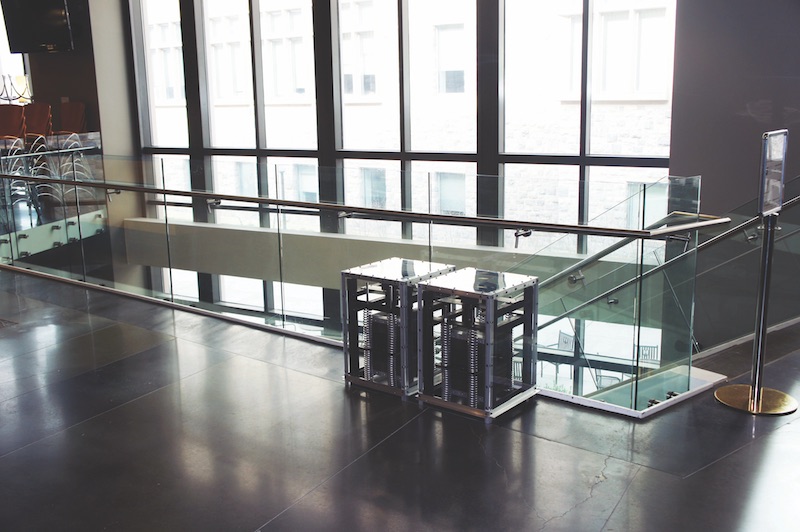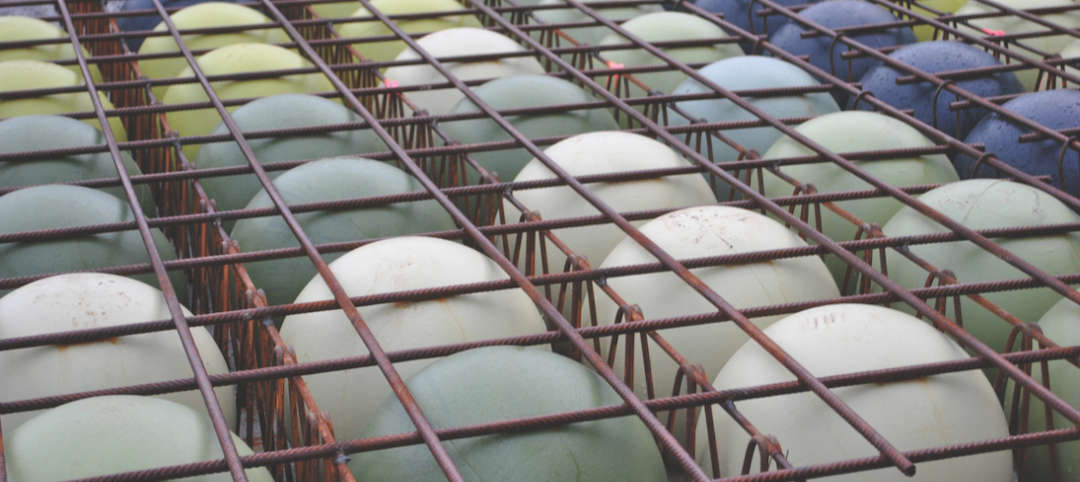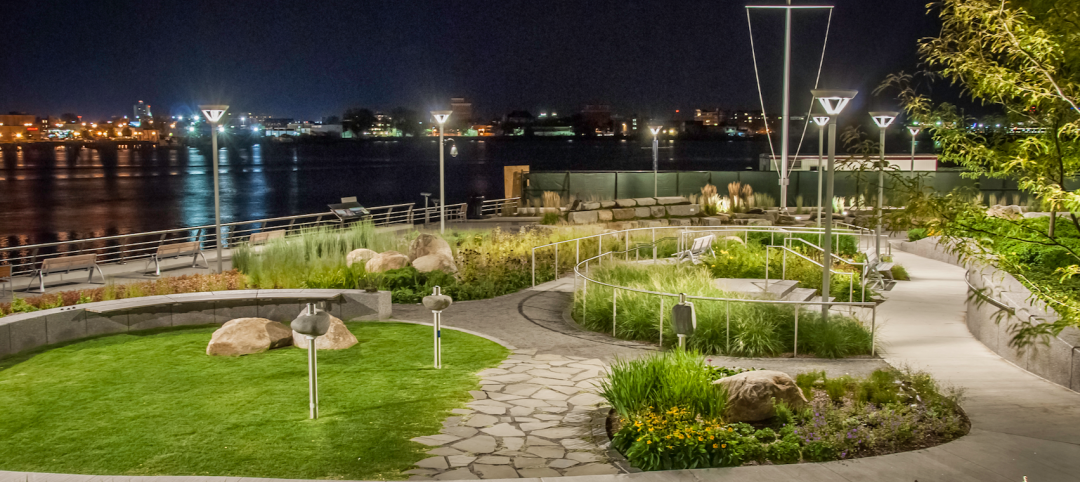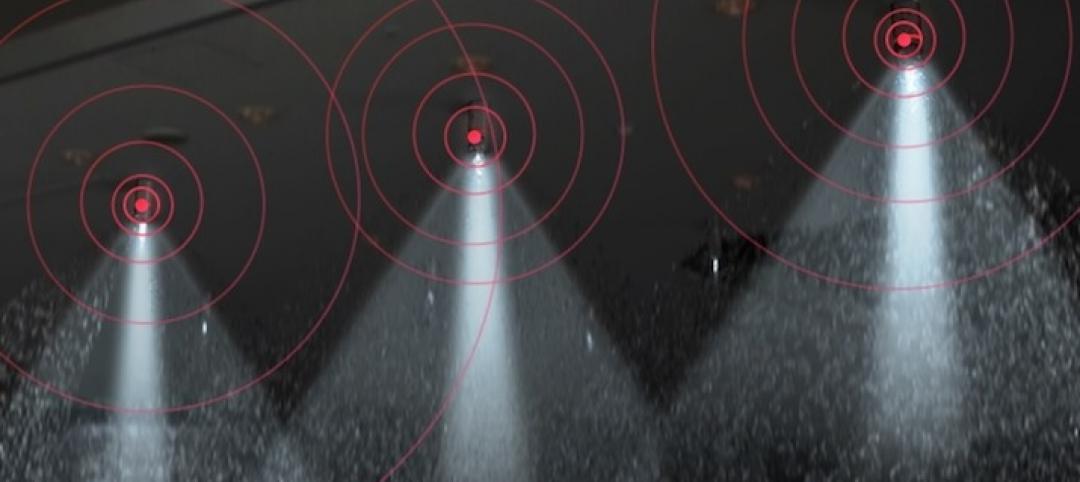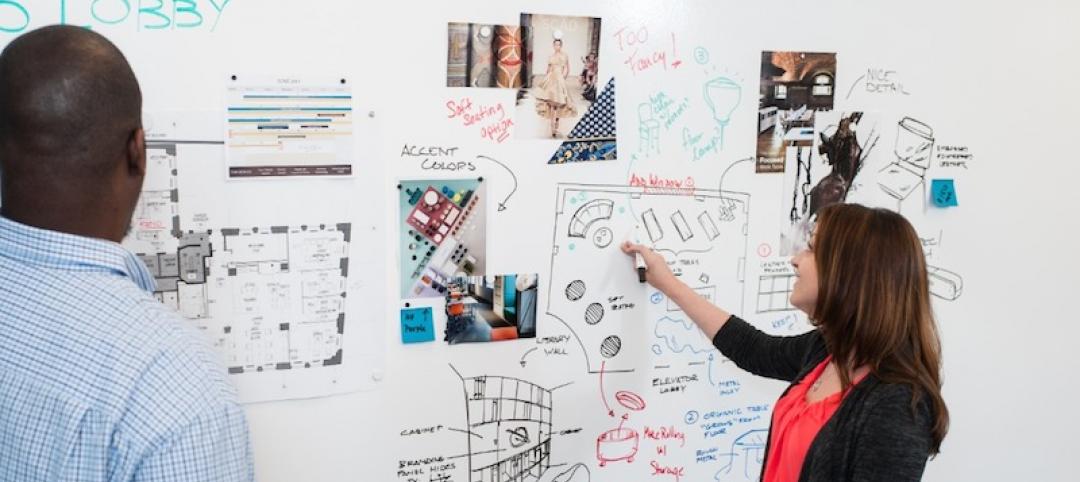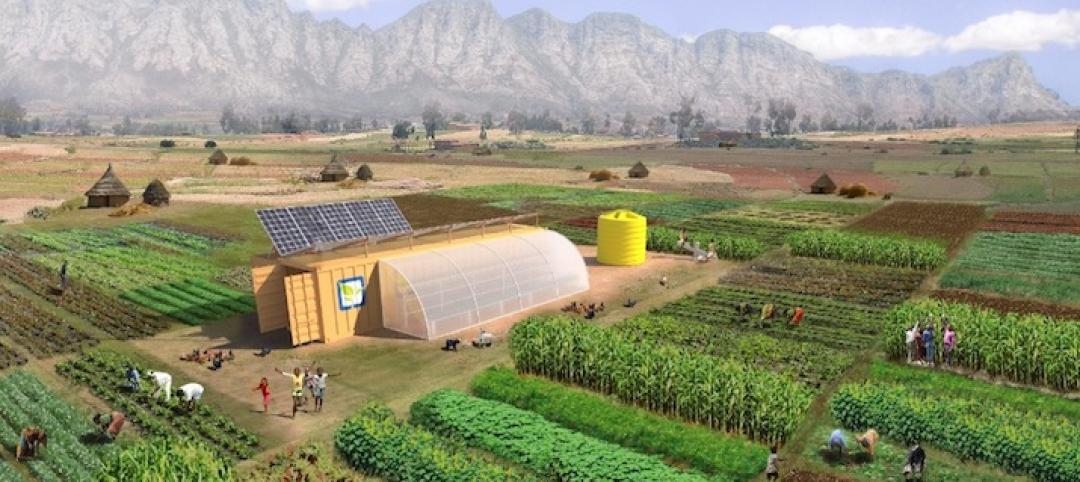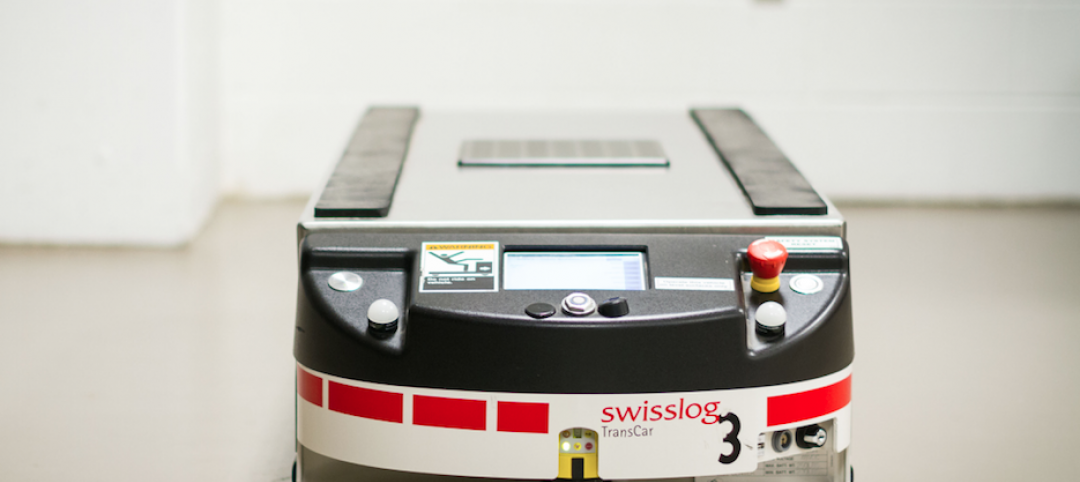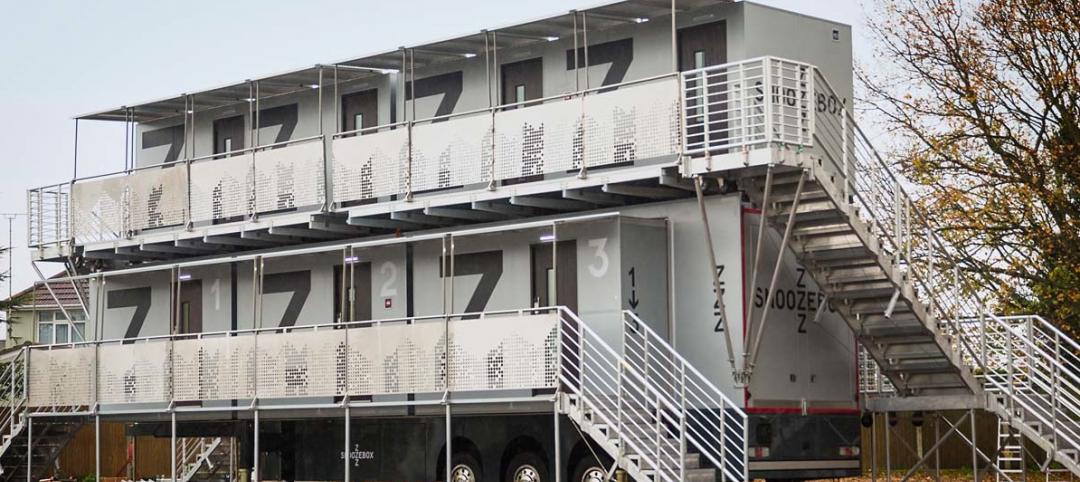The tuned mass damper used in Taiwan’s Taipei 101 tower represents an engineering feat that is so impressive the designers decided to make it publicly visible for all to see. Taipei 101’s 730-ton tuned mass damper may represent an extreme, but its purpose is the same as much smaller dampers that may be used in an office building or mall: to mitigate vibrations or sway that may otherwise alarm or cause discomfort to building occupants.
As building materials get lighter and designs push the limits of what is possible in architecture, structural vibrations are becoming more worrisome. A vibrating floor may not be dangerous, but it can certainly cause some unease among building occupants.
That’s where Mehdi Setareh, PhD, Professor, School of Architecture + Design at Virginia Tech’s College of Architecture and Urban Studies, comes in. With the help of a small team of students, he has created a portable tuned mass damper (PTMD) that weighs less than 275 pounds and is about the size of a shop vac. The device reduced vibrations by 40-75% in tests at Virginia Tech’s Vibration Testing Lab.
 Mehdi Setareh next to an early version of the Portable Tuned Mass Damper. Courtesy Virginia Tech.
Mehdi Setareh next to an early version of the Portable Tuned Mass Damper. Courtesy Virginia Tech.
The PTMD can be incorporated in new construction or added as a corrective measure in an existing building. Even nontechnical personnel can tune the device, using a $5 iTunes application and Setareh’s instructions. Because of the device’s small size, it can be easily hidden in a cabinet or even within furniture.
Plates, springs, and dampers that are built into the two-foot-tall, 15-inch-wide box are tuned to the natural frequency of a structure and reduce vibrations by moving in the opposite direction of that structure, but at 10 to 20 times higher acceleration rates.
Currently, the unit shows the most promise for use in structures with high foot traffic, such as theaters, malls, nightclubs, and monumental staircases, or in settings that have vibration-sensitive equipment, such as hospitals and labs.
Setareh has applied for a patent on the device. He plans to place it on the market as a kit of parts with instructions on how to assemble, install, and tune the damper.
Related Stories
Great Solutions | Jan 19, 2016
Concrete innovation: voided biaxial slab slashes weight, saves concrete
System reduces slab dead load by 30% on medical clinic project
Great Solutions | Jan 19, 2016
Healing garden doubles as therapy trails
A Boston-area hospital takes the healing garden to the next level.
Great Solutions | Jan 14, 2016
WWII watchtower turned into ‘land yacht’
Architect Siemasko + Verbridge and contractor Windover Construction transformed a coastal wartime observation post into an amenity-filled guesthouse.
Great Solutions | Jan 12, 2016
Sprinkler system does double duty
Two innovations tap into the multi-use potential for fire/life safety infrastructure.
Great Solutions | Jan 7, 2016
Bacteria-killing paint and magnetic wallcovering highlight innovations in surface materials
Sherwin-Williams recently introduced Paint Shield, the first EPA-registered microbicidal paint that kills virtually all infection-causing bacteria after two hours of exposure on painted surfaces.
Great Solutions | Jan 6, 2016
Shepley Bulfinch develops elegant design solution to address behavioral issues in emergency departments
ED scheme allows staff to isolate unruly patients and visitors in a secure area.
Great Solutions | Jan 6, 2016
All-encompassing farming kit can provide communities with a sustainable food supply
Several manufacturers partnered with the group Farm from a Box to develop an off-the-grid farming solution for communities, all without the need for outside help.
Great Solutions | Jan 4, 2016
Toronto’s newest hospital employs 10 robots for moving food, supplies, and equipment
The 1.8 million-sf Humber River Hospital is loaded with high-tech gadgets. Its coolest innovation is the use of automated guided vehicles.
Great Solutions | Jan 4, 2016
Snoozebox’s portable hotel rooms make outside events more livable
Since 2011, the London-based company has thrived by creating portable hotels that are set up for the duration of open-air events (or longer), and offer many of the comforts of conventional hotels.


